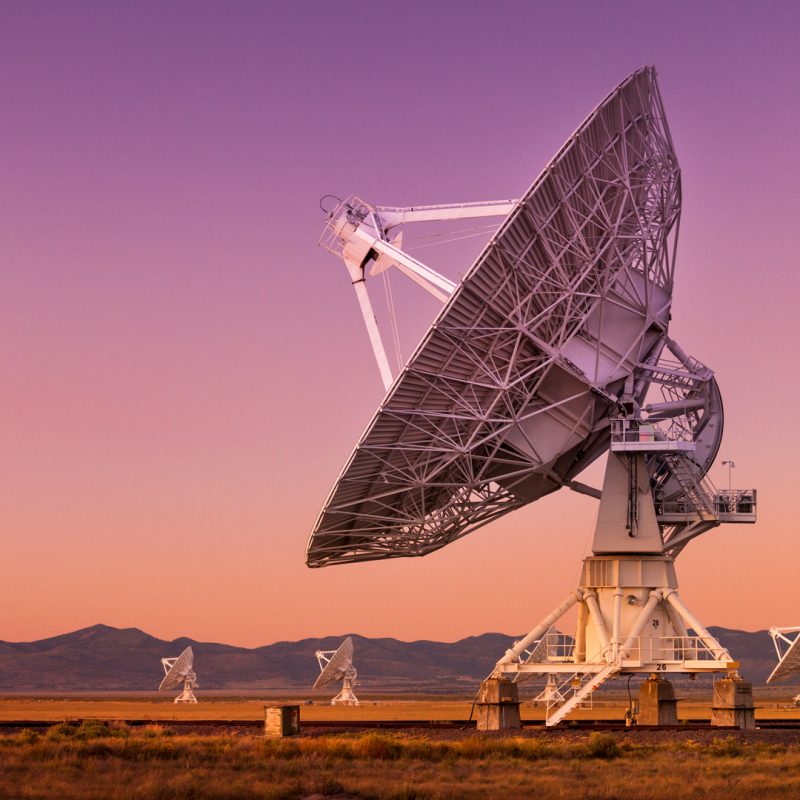
RadioAstronomy
Radio astronomy in South Africa is not only a scientific success story; it is one of the clearest practical models of Africa–Europe science collaboration, closely linked to EU funding instruments and long-term partnership frameworks.
Anchored by MeerKAT and the Square Kilometre Array (SKA), South Africa’s radio astronomy ecosystem is deeply connected to European research communities and infrastructure roadmaps. The SKA has featured on the ESFRI (European Strategy Forum on Research Infrastructures) roadmap, and European institutions are key partners in its design, construction, and scientific exploitation. This creates a natural bridge to EU instruments such as Horizon Europe and its successor FP10, where radio astronomy and data-intensive science offer major opportunities for joint projects, African participation in EU consortia, and shared use of cutting-edge research infrastructures.
Because radio astronomy depends on advanced high-performance computing, big data management, AI, and engineering, it aligns closely with EU priorities under the MFF, Global Gateway, NDICI–Global Europe, and the EU–AU Innovation Agenda. These frameworks can support:
-
Africa–Europe joint research programmes in astronomy, cosmology, and data science
-
Training, mobility, and capacity-building schemes for African students, engineers, and data scientists
-
Infrastructure and connectivity investments (fibre, data centres, HPC) that serve both astronomy and broader digital transformation in Africa
Within this landscape, AERAP plays a practical, facilitative role in deepening collaboration between the two continents. It does so by:
-
Bringing together African and European institutions through dedicated meetings, workshops, and Science Summit sessions on radio astronomy and data-intensive science
-
Tracking and interpreting relevant EU and AU policy developments so that partners can align their strategies and make timely use of new opportunities
-
Creating platforms for networking and partnership-building, helping researchers, infrastructure operators, and funders identify shared interests and complementary capacities
-
Showcasing success stories and emerging opportunities from South Africa’s radio astronomy ecosystem as entry points for wider African participation
In this way, AERAP helps ensure that South Africa’s leadership in radio astronomy becomes a catalyst for broader, long-term Africa–Europe collaboration in frontier science, technology, and innovation.
